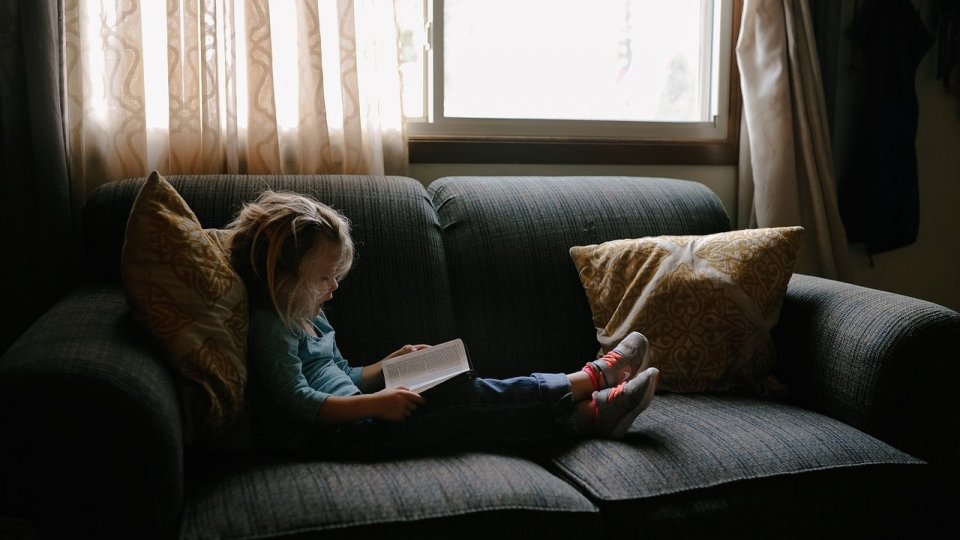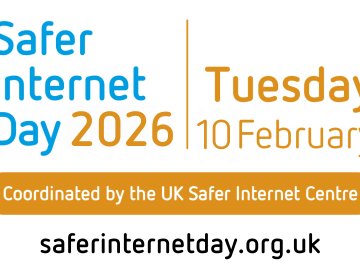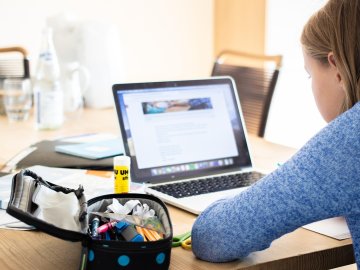Insafe
As a partner in the UK Safer Internet Centre, we attend regular Insafe (the European network of Awareness Centres promoting safer and better usage of the internet) conferences, where different European Safer Internet Centres meet to discuss the latest trends and share resources and best practice approaches to online safety.
The most recent conference was held in wonderful Copenhagen in Denmark, where one of the topics for discussion was about creative learning in relation to digital literacy and citizenship in the digital world.
Literacy in a Digital World
Literacy in it’s simplest form is text. Understanding/ producing text is something that creates communities, if we think about the Bible for example, religion relies on the sharing and understanding of some literature. Digital literacy however is about more than understanding words, but about being competent in understanding and producing imagery, video and even memes.
Historically to create citizens they must read and write, to share and be part of communities or at the very least understand the literature read to them. Now we have symbolic online global communities, think of the #metoo campaign. Basic reading and writing is no longer enough, you have to keep moving. And that’s where the creativity comes in.
Creative Learning
The Key Note speaker at the conference was delivered by Tobias Heiberg, (University College Copenhagen and Future Classroom Lab Denmark)
He started with the obvious caveat, that I think plagues many of us in our professional life - there is a lot of talk but not enough action.
For creative learning this is very much the case, while there is a lot of good intention, it seems to have become a bit of a buzzword, flung around in meetings but not really resonating or resulting in a real life impact for children and young people in the education system.
Tobias was saying this in and about Denmark, part of one of the more progressive cultures globally, if they are struggling with putting words into action, we certainly are.
Education in the UK
This made me reflect on the education system in the UK, we treat children like mini-business men and women; they sit and listen as we talk at them expecting them to learn. The closest I really got to “creative learning” in school was creating solder balls in DT or adding water to lithium in science, unsurprisingly it is these moments that stand out in my memory.
However we can’t be too negative, improvements are being made and there has been a surge in admissions to alternative schools, like Steiner for example. However, with a system so geared towards exam results and league tables, there is little room for creativity.
Tobias then set us a challenge. We were each given 6 big Lego bricks and our first job was to create a moving creature, then compare notes with our neighbours. Mine was a dragon fly crocodile hybrid!
Our next project was to build a mobile tower; combining all the bricks we had on the table, we had to work as a team to build a tower that could not only support 3 mobile devices but also look “beautiful”.
Other than being a bit of an ice-breaker and getting us moving, the wider lesson from this activity was; we all created very different things. Despite having all been given the same instructions, every table created something different from the next and there was no right answer, this shows creativity. Building the mobile towers could also be extrapolated into many other lessons - it was engineering, architecture, collaborating and sharing ideas to work well in a group.
But what is creativity?
Tobias suggested that it is very difficult to define creativity, so rather than try to define what it is, it is easier to dispel some myths about what it isn’t.
- Creativity is about artistic creativity - This is not completely wrong but it can’t be that granular when doctors, scientists and even politicians have to be creative in their roles, which have little to do with the arts.
- Only a small section of the population are creative - Totally wrong. Even if you have absolutely no artistic flare, there will be elements of creativity in your life, even walking home a new way to swing by that shop is a form of creativity
- Creativity comes in a flash - Sure sometimes there is a Eureka moment, but they don’t come if you haven’t done the work before hand to get there. It’s a slow build up, and even then the eurkea moment might only be one step towards the final idea or project.
- You can’t teach creativity - But you don’t need to, you only need to encourage it as we ALL have the capacity to be creative
If we take this learning into the online world, Will Gardner from Childnet gave an interesting perspective; we should and do take a creative learning approach with subjects that are perhaps in a bit of a grey area. For example, sexting, it is tricky to say if there is a right or wrong outcome or answer to it, so we provide resources giving support and advice so young people can then create their own desired outcomes.
To summarise, the power of play is important in education and we should be asking the kids to invite us into their world, rather than the other way around.
It was a brilliant, thought-provoking day to start the conference. We followed this with an update from the various Helplines across the Insafe network, which we will cover in this Magazine very soon.






